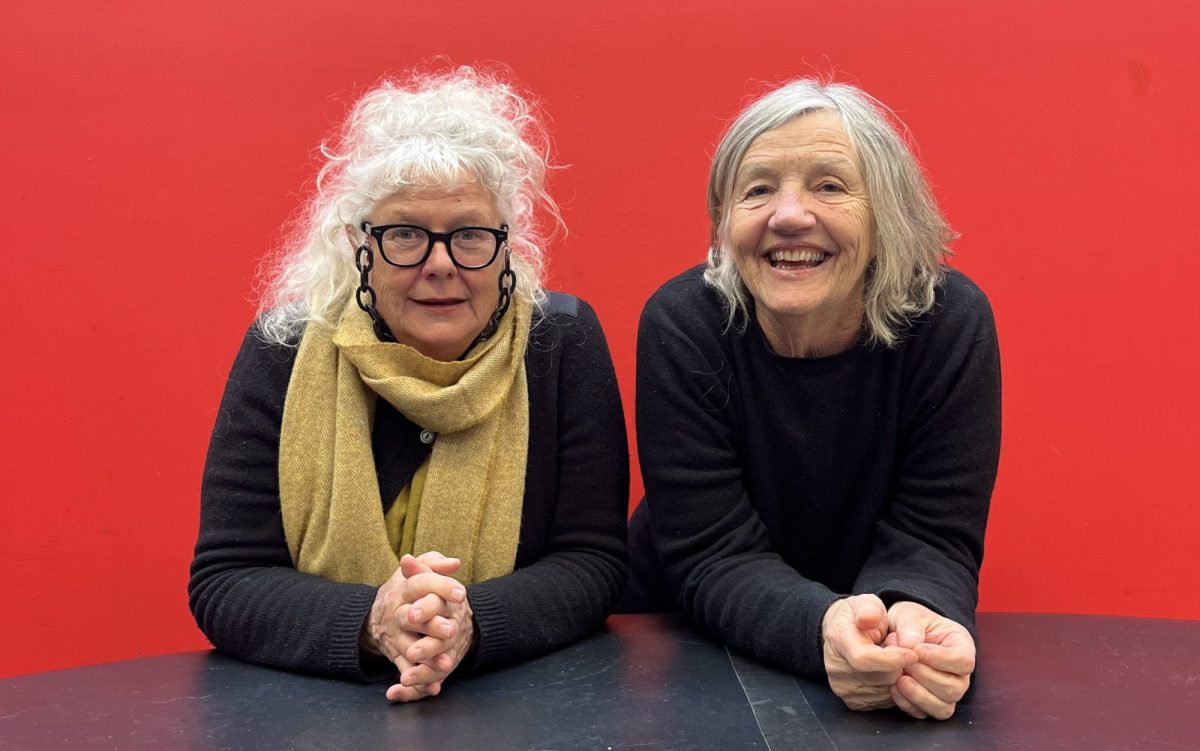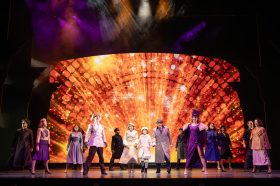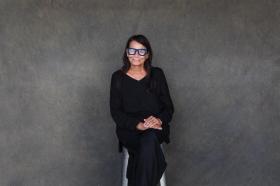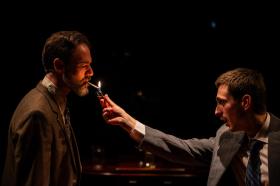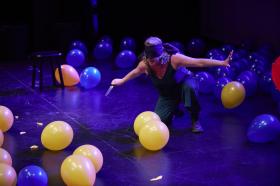Patricia Cornelius – the lauded Australian playwright behind such incendiary works as Slut, Shit, Runt, Savages and In the Club – plus astoundingly accomplished director and regular double act Susie Dee were told by an arts minister a few years back that their participation in Melbourne Fringe, “Was such an important stepping stone for you to further your career.”
They were already two of the nation’s finest arts leaders by a very long way.
